13 Jan 2024 - {{hitsCtrl.values.hits}}
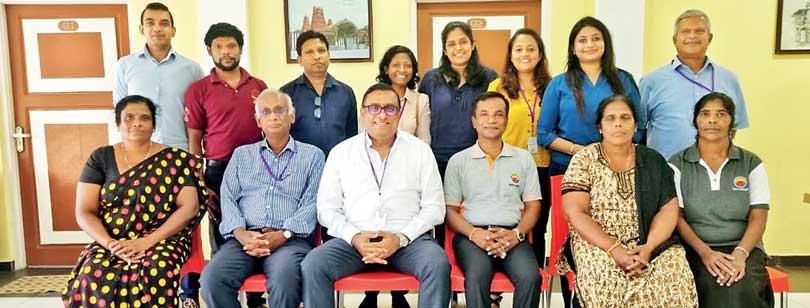
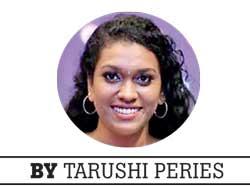 In Sri Lanka, the journey towards healing and unity traverses a complex socio-political landscape marked by historical tensions and unresolved grievances. In response to this backdrop, the establishment of an Interim Secretariat for a Truth and Reconciliation Mechanism (ISTRM) stands as a pivotal step, borne from a concerted effort to confront the past, seek truth, and foster reconciliation.
In Sri Lanka, the journey towards healing and unity traverses a complex socio-political landscape marked by historical tensions and unresolved grievances. In response to this backdrop, the establishment of an Interim Secretariat for a Truth and Reconciliation Mechanism (ISTRM) stands as a pivotal step, borne from a concerted effort to confront the past, seek truth, and foster reconciliation.
The ISTRM, conceived to pave the way for a robust Truth Commission, embarks on a multifaceted mission. Its goals are twofold: first, to engage stakeholders, amalgamating diverse perspectives and past recommendations into a framework conducive to a fair and inclusive Truth Commission; and second, to help draft the law by getting feed backs, comments and observations from stakeholders, will empower the government to establish an Independent Commission for Truth, Unity, and Reconciliation in Sri Lanka.
Navigating hurdles of perception, divergent opinions among stakeholders, and the challenge of igniting faith in a process that has seen delays, the ISTRM endeavors to build consensus, emphasizing the importance of a unified narrative and solutions transcending political divides.
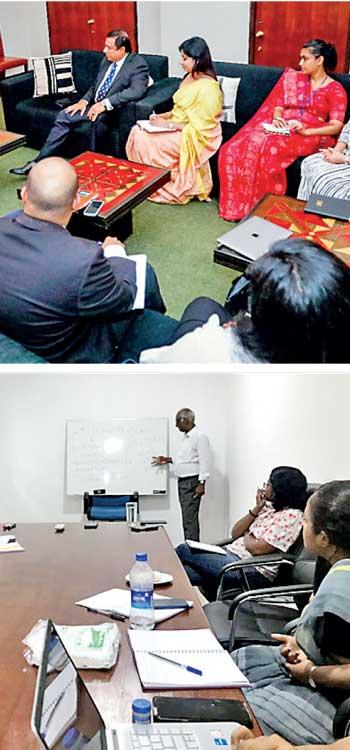 This comprehensive initiative, rooted in the principles of transitional justice, aims not only for truth-telling but also for redress, policy reforms, and the prevention of future conflicts. Through inclusive participation, legislative frameworks, and insights gleaned from global truth and reconciliation endeavors, the ISTRM seeks to shape a future where reconciliation and societal cohesion prevail, offering a promising trajectory for Sri Lanka's sustainable development.
This comprehensive initiative, rooted in the principles of transitional justice, aims not only for truth-telling but also for redress, policy reforms, and the prevention of future conflicts. Through inclusive participation, legislative frameworks, and insights gleaned from global truth and reconciliation endeavors, the ISTRM seeks to shape a future where reconciliation and societal cohesion prevail, offering a promising trajectory for Sri Lanka's sustainable development.
1. What are the key goals of the Interim Secretariat through the Truth Commission, considering Sri Lanka's socio-political landscape?
In the past several commissions of inquiry and ad hoc mechanisms had been established by the Government of Sri Lanka to deal with the issue of truth and reconciliation. However some of the key recommendations made by the commissions had not been implemented effectively. In this background in or around October 2022 a cabinet subcommittee of reconciliation was appointed to propose the way forward. Following this a proposal for a Truth Commission was formally approved by the cabinet in or around January 2023. Thereafter pending the establishment of a Truth Commission by an Act of Parliament, in order to do the necessary foundation work the Interim secretariat was established pursuant to a cabinet decision taken on 29th May 2023. The key goals of the Interim Secretariat for a Truth and Reconciliation Mechanism (ISTRM) is to engage with stakeholders and obtain their views, consider the recommendations of the past commissions and ad hoc mechanisms and also to study laws passed by other jurisdictions to establish a Truth Commission and through its process help draft a law that would enable, the Government of Sri Lanka to establish an Independent Commission for Truth, Unity and Reconciliation in SL.
In addition to that the ISTRM will also study similar mechanisms in other jurisdictions in order to prepare a report on best practices and to serve as a way forward guidance to establish a commission in SL. The ISTRM is also working on developing draft procedure and guidelines for the implementation of the procedures and objectives of the commission to be established in SL which could be adapted by the Commissioners when their appointed.
2. Could you outline the steps for an inclusive and transparent Truth Commission, addressing concerns about fairness and openness in the process?
In establishing an inclusive and transparent Truth Commission we need to consider the four tenets of Transitional Justice,
When establishing such mechanisms, recognizing such tenets is important to ensure that relevant commission will remain independent, have the required power to inquire and that the citizens including victims have confidence in such Commission. Further drafting a law and building a mechanism following an inclusive approach is important, when setting up the Truth Commission.
3. What obstacles have been faced during the establishment of the Truth Commission, and how were they addressed?
The main obstacle faced by the ISTRM has been dealing with the perception that a meaningful mechanism has not been established for over a decade and also that victims have already told their stories before various other Commissions of Inquiry and mechanisms without receiving meaningful and/or adequate relief.
Another obstacle is the lack of general consensus among stakeholders as to the need and the objectives of a Truth Commission. These concerns have been addressed by explaining to the stakeholders of the importance of a State Narrative and a State Solution irrespective of political differences and delay.
During stakeholder engagements the ISTRM has also taken measures to explain the fact that, even in other jurisdictions, such processes have been slow at the beginning but has gained momentum over a period of time.
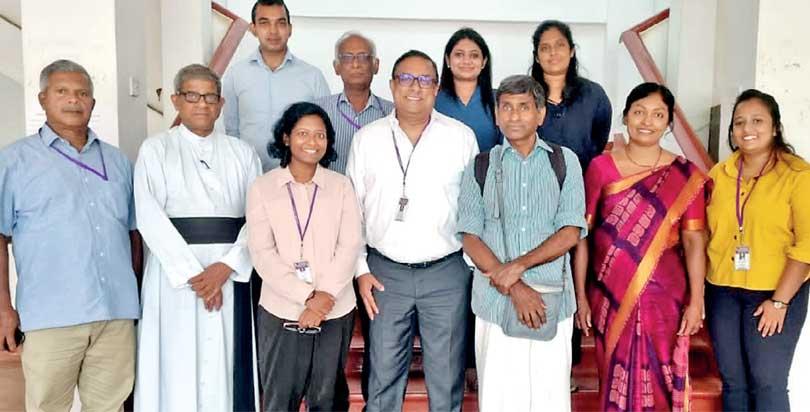

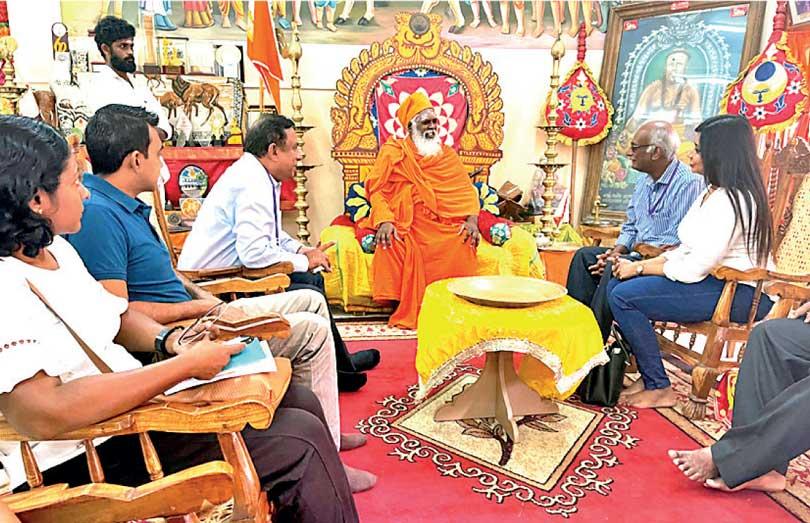
4. How is the Secretariat ensuring diverse community participation in the truth-seeking process?
The ISTRM is represented by staff members representing the diverse communities in SL. The stakeholder engagement carried out by the ISTRM facilitates discussions with all ethnic and community groups in SL.
5. How does the Bill that has been gazetted contribute to reconciliation, aligning with truth-seeking objectives?
The Draft Bill enables;
6. What strategies are used to ensure adherence to regulations, particularly regarding property rights and historical accountability?
When the draft bill is enacted as an Act of Parliament, Commissioners will have the power to apply and consider all applicable laws in the country when making recommendations regarding violation of Human Rights as well as property rights and also for enabling truth telling to establish historical accountability. Further the Commission will have the powers to make recommendation for policy reforms to facilitate reconcile and to ensure nonoccurrence of violence.
7. Are there plans to handle conflicts or resistance to the Building Gazette, especially from stakeholders feeling compromised?
It is important that the draft law receives public scrutiny and comments to ensure that the Bill is passed in Parliament and it is a law that would represent the expectations of all relevant stakeholders to the maximum level possible.
8. What insights from other truth commissions or reconciliation processes are being applied in Sri Lanka's mechanisms?
The current studies undertaken by the ISTRM shows that other jurisdictions initiatives of amnesty, facilitation of truth telling, memorialization of rights and related incidents, reparation to victims, prosecution of perpetrators and policy reform for unity and reconcile have worked. Learning from these we need to propose a way forward that would work within the SL context.
9. How do you foresee the Truth Commission and the Building Gazette shaping social fabric and national reconciliation efforts in the long run?
Although certain sections of our society may feel that establishing a TRC now is pointless our humble opinion is that its better later than never and a good and effective mechanism that recognizes the rights of all SL citizens and facilitates reconciliation and ensures non recurrence of violence would pave the way for developing this island nation in a sustainable manner.
10. What support or resources are crucial from both the government and the public to sustain the success of these initiatives?
Although the proposed Commission should function should function as an independent and impartial commission it would definitely require logistical support for the Government of Sri Lanka and public support and cooperation so that its mandate is effectively implemented.
15 Nov 2024 12 minute ago
15 Nov 2024 43 minute ago
15 Nov 2024 1 hours ago
15 Nov 2024 2 hours ago
15 Nov 2024 2 hours ago